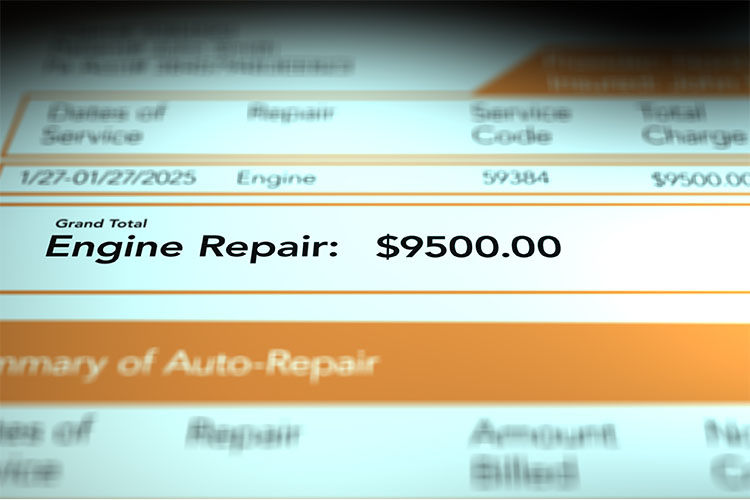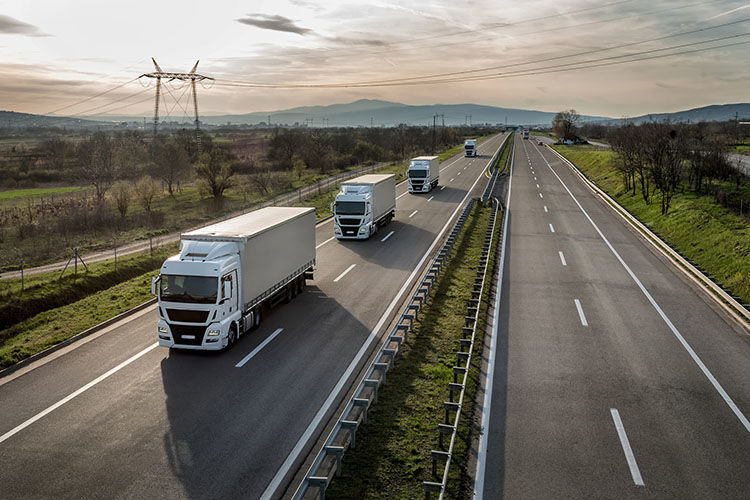Commercial Fleet Electrification: CTE’s Scalable Approach to Zero-Emission Deployment


Commercial Fleet Electrification: CTE’s Scalable Approach to Zero-Emission Deployment
As businesses continue to explore fleet electrification and the variables of transitioning to zero-emission solutions, fleet operators face a growing need for practical guidance, scalable strategies, and long-term planning. In this episode of the Commercial Vehicle Pro Podcast, I sat down with Steve Clermont and Alexis Hedges of the Center for Transportation and the Environment (CTE), a nonprofit engineering and planning firm with more than three decades of experience helping fleets navigate the transition to clean vehicle technologies. From municipal work trucks to hydrogen-powered Class 8 deployments, the conversation explores how CTE supports both large-scale initiatives and incremental progress—offering insights for fleets of all sizes.
Ardina Ferrin (AF): Tell us about CTE’s mission and the work you do to help public and private fleets navigate the transition to zero-emission vehicles.
Steve Clermont (SC): CTE is a nonprofit planning and engineering firm with over 30 years of experience helping fleets transition to low- and zero-emission vehicles. Our mission is to improve climate and community health by advancing clean transportation technologies. We support fleets through research, planning, and deployment—covering everything from vehicle procurement and infrastructure to funding and policy advocacy. While we started in transit, our work now spans municipal fleets, logistics, school buses, ports, and more, all aimed at accelerating the shift to zero emissions.
AF: Could you tell us about some of the projects you’ve worked on in the work truck space?
Alexis Hedges (AH): One project that we're working on is in collaboration with the city of Glendale in California, where they're working towards full fleet electrification by 2040. They've already taken their first step towards that measure by deploying a zero-emission construction crew. The vehicles incorporated in that crew include an electric dump truck, mini excavator, pickup truck, and compact wheel loader. The concept is that when a work crew goes out on a specific assignment, they bring a variety of electric vehicles with them and perform a function. The goal is to assess a variety of vehicles in zero-emission configurations for feasibility and suitability.
AF: Light and medium-duty work trucks are often used on smaller routes with shorter or more predictable duty cycles, making them ideal test cases for fleet electrification. But what about long-haul or over-the-road trucking?
SC: Well, CTE is also serving as the project manager for a NorCAL ZERO project, deploying 30 Hyundai XCIENT Class 8 hydrogen fuel cell electric trucks (FCET) with Glovis America in and around the Port of Oakland, where we also collaborated with FirstElement Fuel to construct a heavy-duty hydrogen fueling station at the port.
AF: So, these are fairly large projects you’re talking about. Are there any takeaways for a small fleet operator interested in transitioning its fleet but unable to undertake such a large and costly project?
AH: They can take a page out of the city of Glendale's playbook by starting small. Testing the waters with just one alternative-fuel vehicle is a perfect way for a small business to identify future transition opportunities. Taking it step by step is going to help ensure the success of a full transition as opposed to biting off more than they can chew.
SC: Smaller fleets often face greater financial risk when adopting new technologies, so a methodical transition plan is essential. That includes identifying available rebates, tax incentives, and regional cost advantages, such as lower electricity rates in the Southeast compared to higher rates in California. Every state offers different opportunities, and upfront planning helps map out vehicle suitability, infrastructure needs, and long-term costs. At CTE, we develop transition plans that project the total cost of ownership over 20 to 30 years, enabling fleet operators to make informed, economically sound decisions.
Last Thoughts
By taking a phased, data-driven approach, fleets of any size can build resilience and unlock long-term value while reducing emissions. CTE’s role is to bridge the gap between emerging technologies and practical operations—helping fleets navigate funding, infrastructure, and adoption challenges with confidence. Whether deploying a handful of vehicles or managing a large-scale transition, the path forward is about balancing ambition with strategy. With the right partners and planning, zero-emission deployment isn’t just possible—it’s scalable, sustainable, and within reach.
See the full podcast on YouTube.
 About the author: Ardina Chaco Ferrin is a Marketing Specialist at Work Truck Solutions, where she helps bridge the gap between commercial dealerships and their buyers through strategic marketing and digital engagement. With more than five years of experience in the commercial automotive industry, including serving as a Commercial Sales Director at a CDJR dealership, Ardina brings firsthand knowledge of industry operations, customer needs, and market trends to her work. She specializes in creating meaningful connections across the commercial vehicle ecosystem through clear, impactful communication.
About the author: Ardina Chaco Ferrin is a Marketing Specialist at Work Truck Solutions, where she helps bridge the gap between commercial dealerships and their buyers through strategic marketing and digital engagement. With more than five years of experience in the commercial automotive industry, including serving as a Commercial Sales Director at a CDJR dealership, Ardina brings firsthand knowledge of industry operations, customer needs, and market trends to her work. She specializes in creating meaningful connections across the commercial vehicle ecosystem through clear, impactful communication.
 Best Gifts for Truck Drivers and Truck Owners (2025 Guide)
Best Gifts for Truck Drivers and Truck Owners (2025 Guide) Aftermarket Warranties for Commercial Vehicles: Mitigating Downtime and Preserving Profits
Aftermarket Warranties for Commercial Vehicles: Mitigating Downtime and Preserving Profits 2026 Commercial Trucks and Vans: What’s New from Ford, GM, and Ram
2026 Commercial Trucks and Vans: What’s New from Ford, GM, and Ram New Commercial Vehicle Market Reflects Transitions in Q3 2025 Amid Pricing Adjustments and Inventory Realignment
New Commercial Vehicle Market Reflects Transitions in Q3 2025 Amid Pricing Adjustments and Inventory Realignment Trump's 25% Trucking Tariffs: The Devil is in the Details
Trump's 25% Trucking Tariffs: The Devil is in the Details







